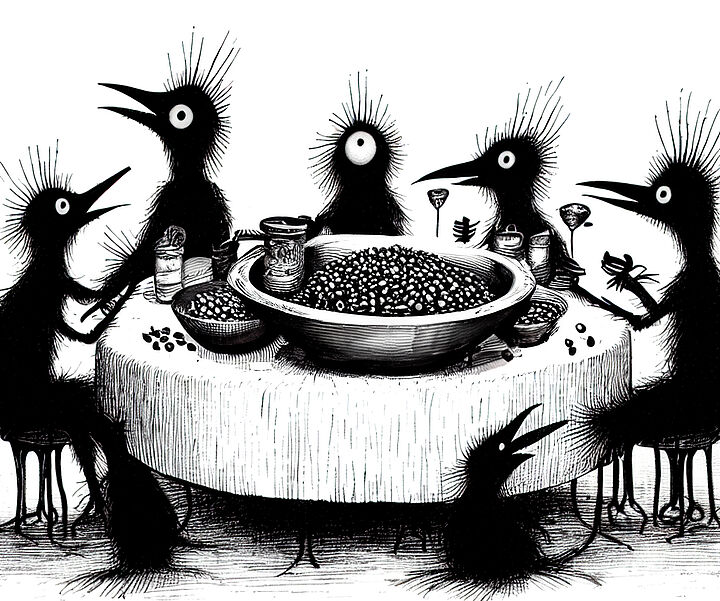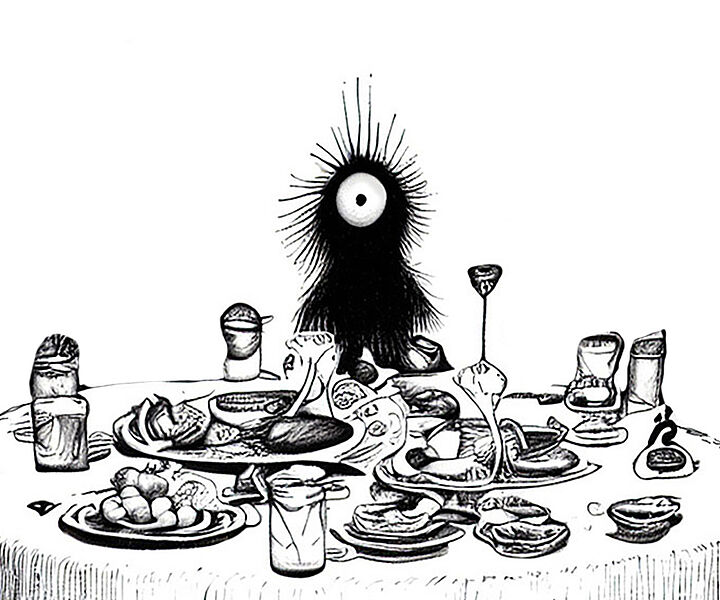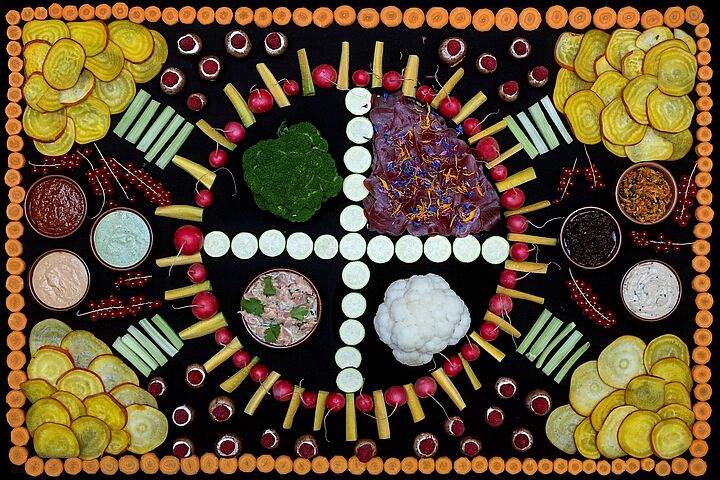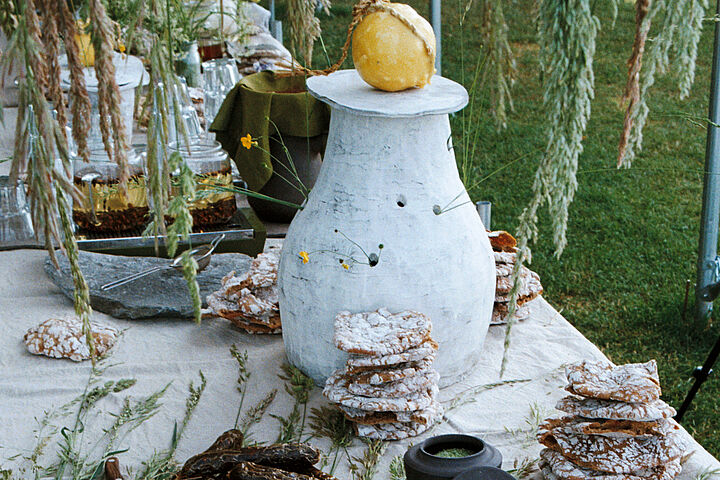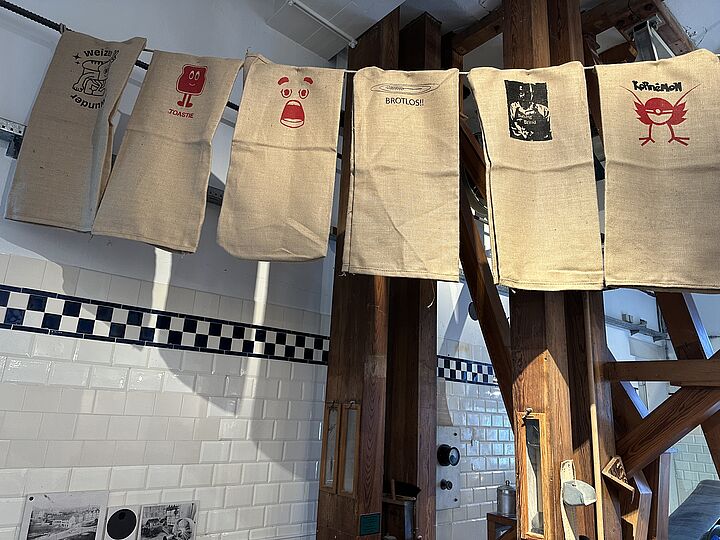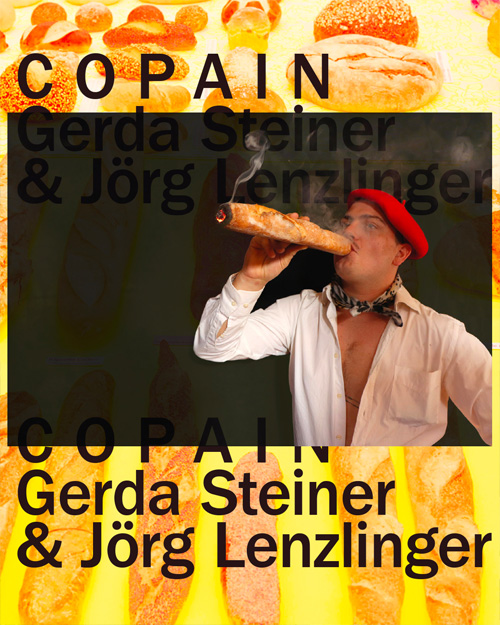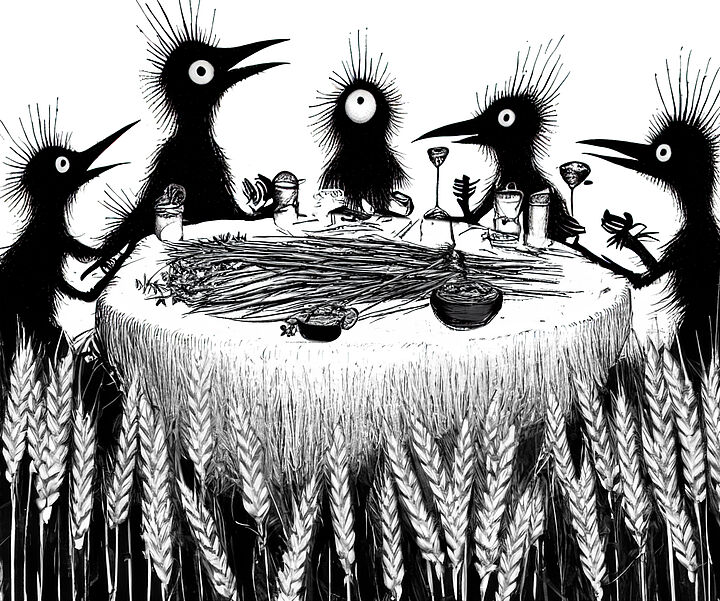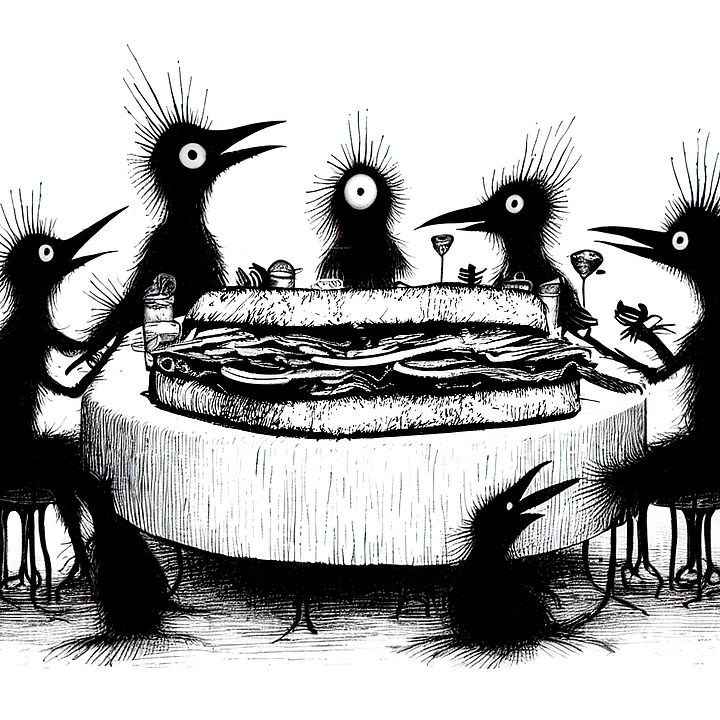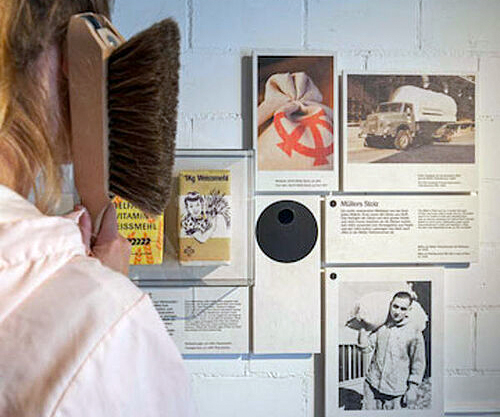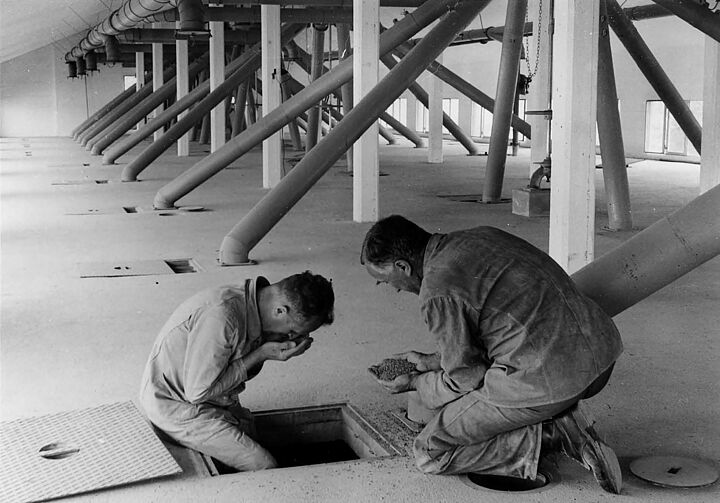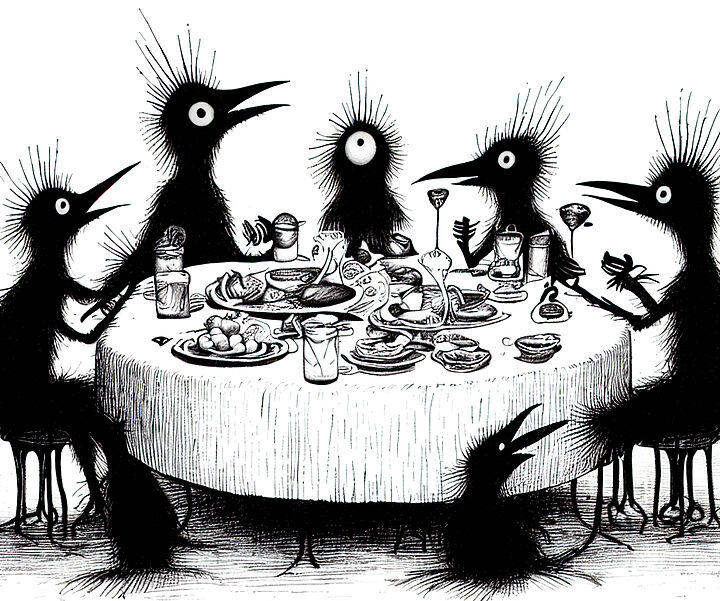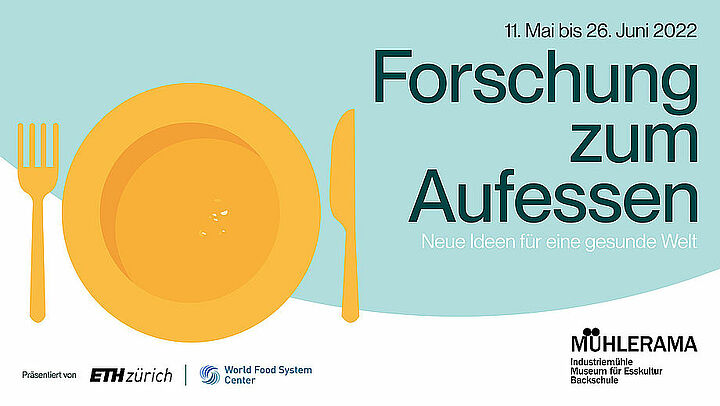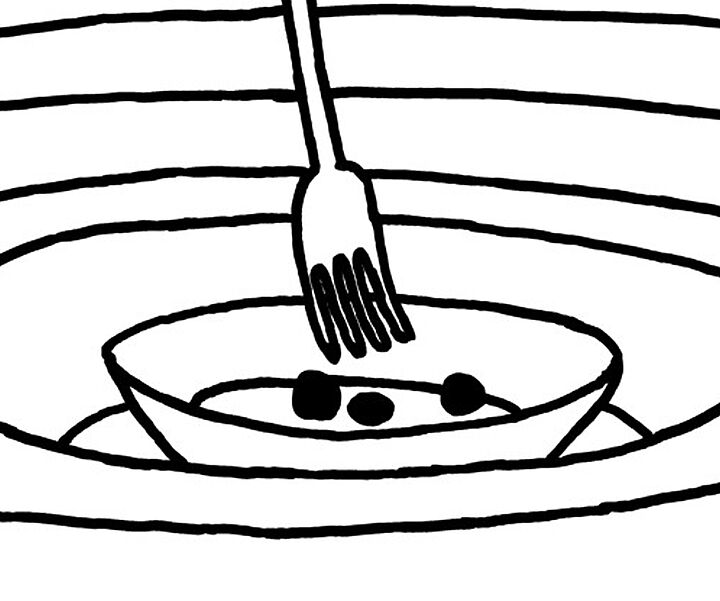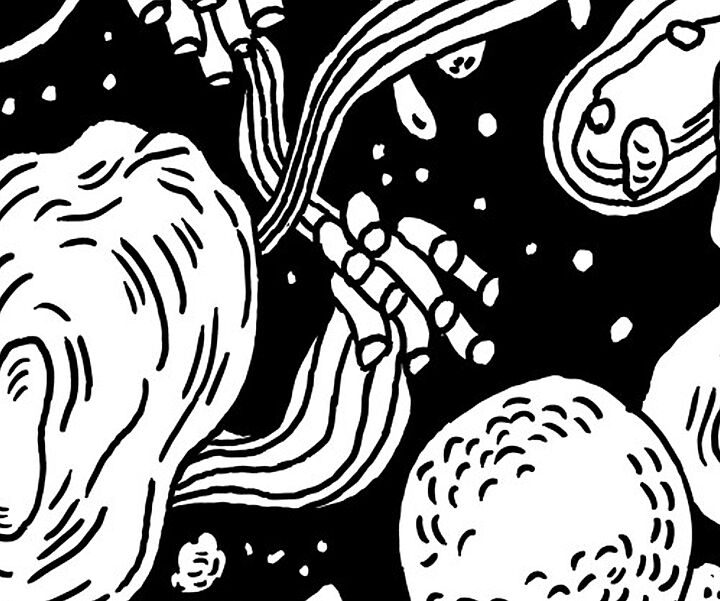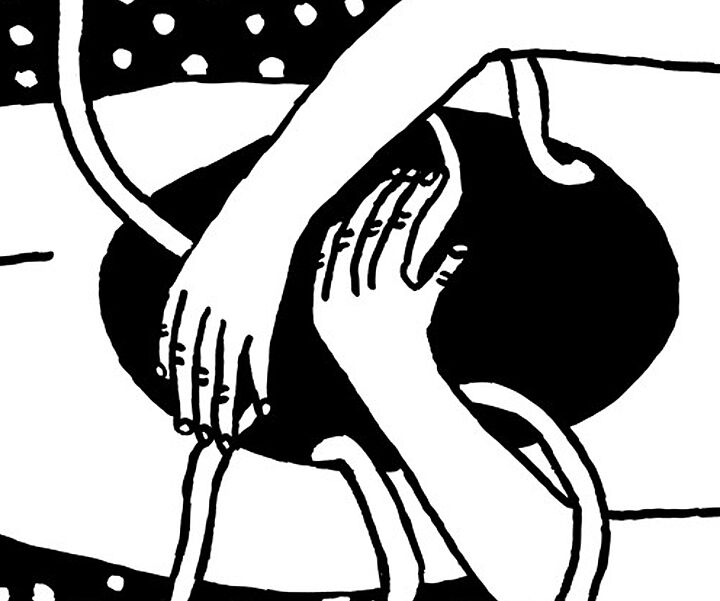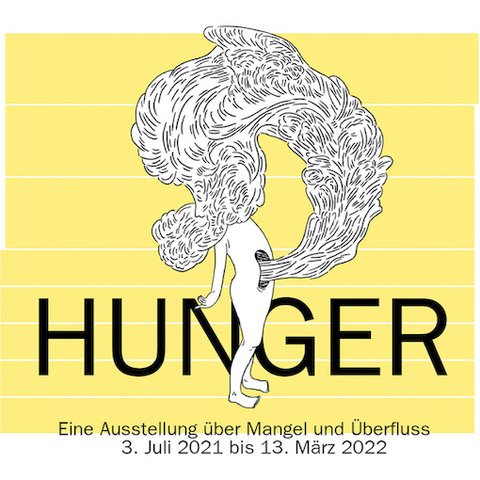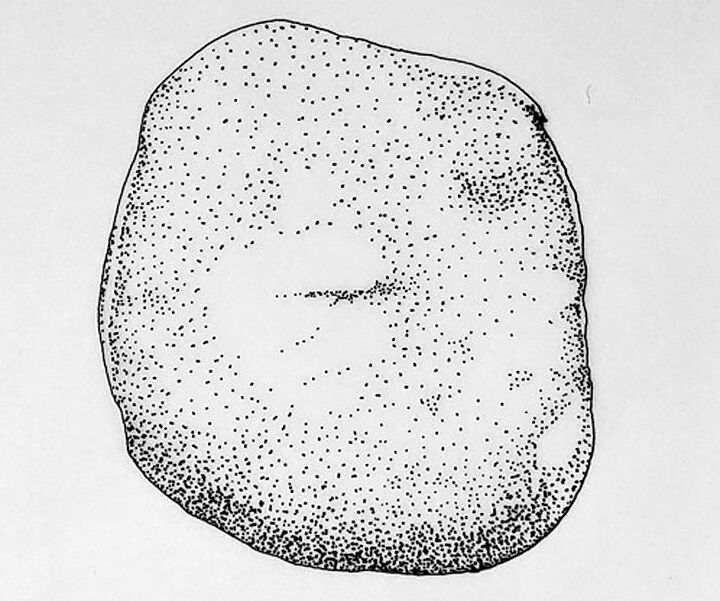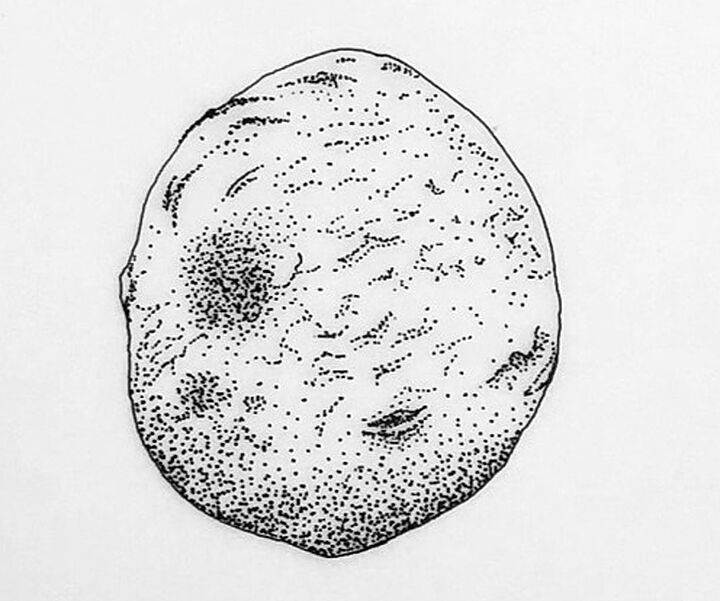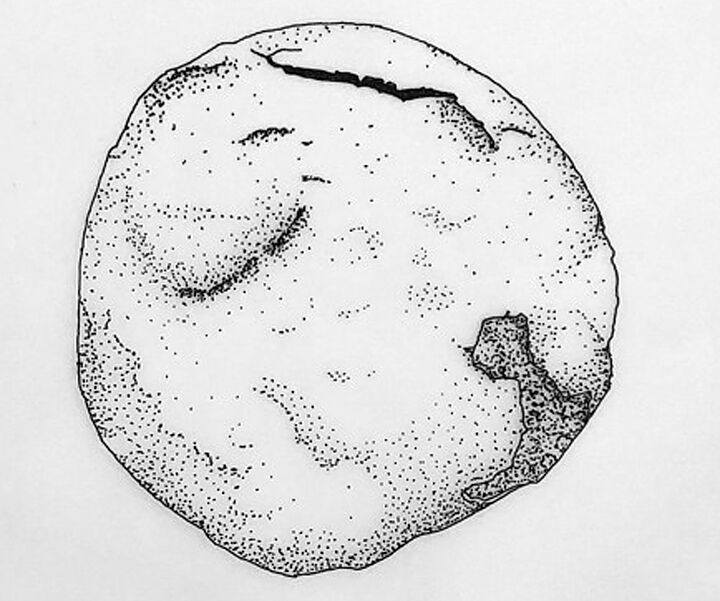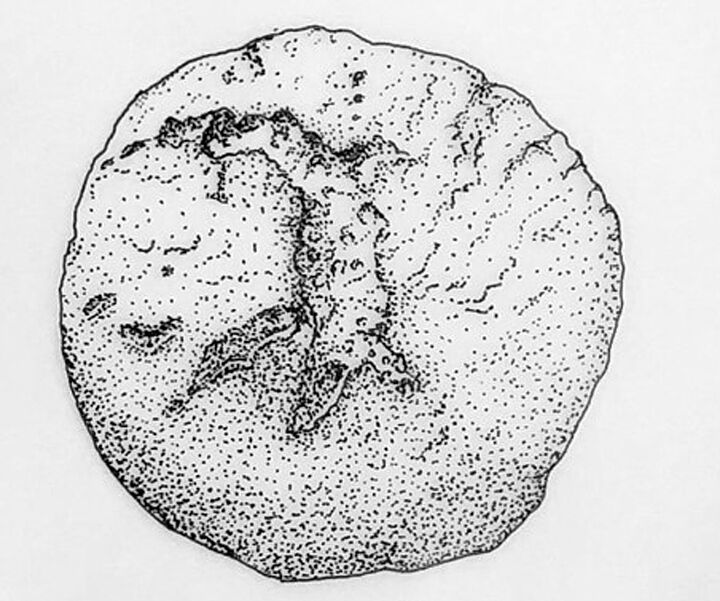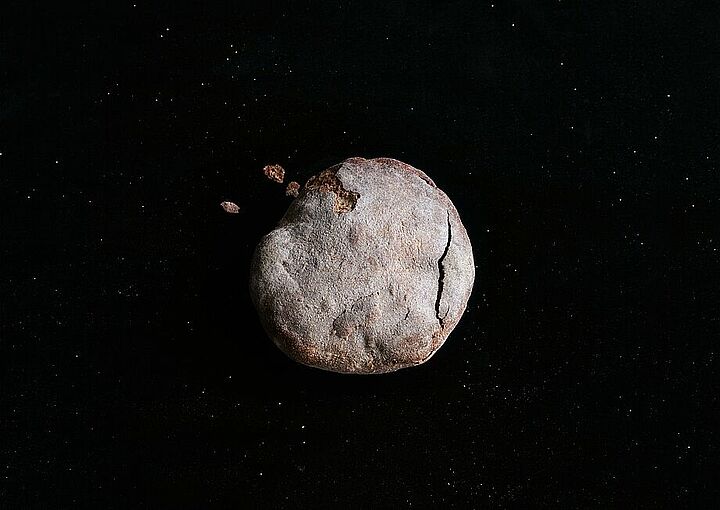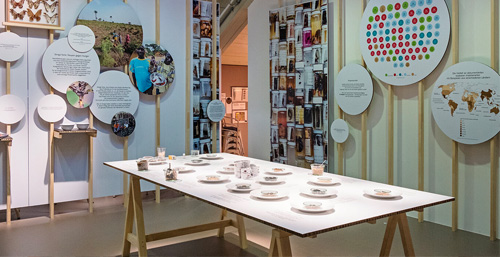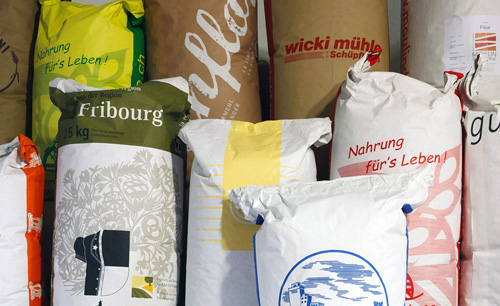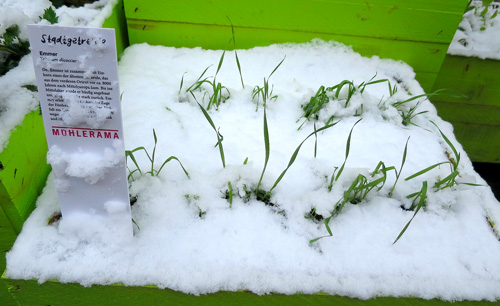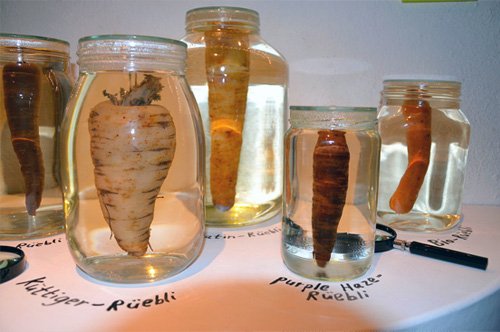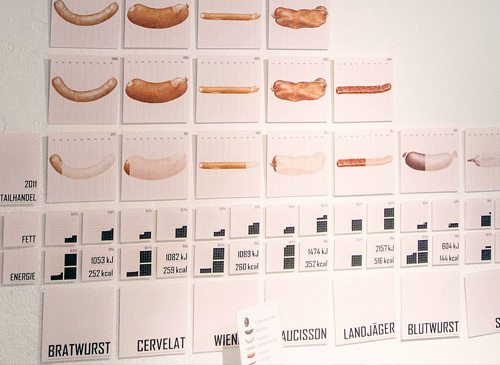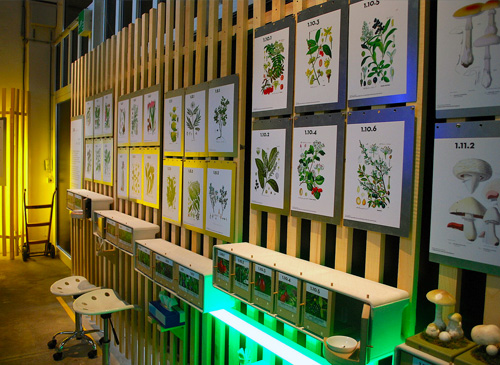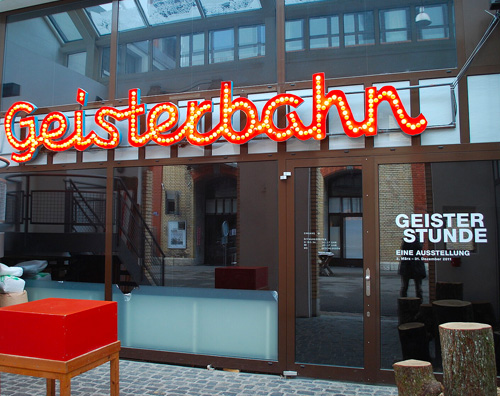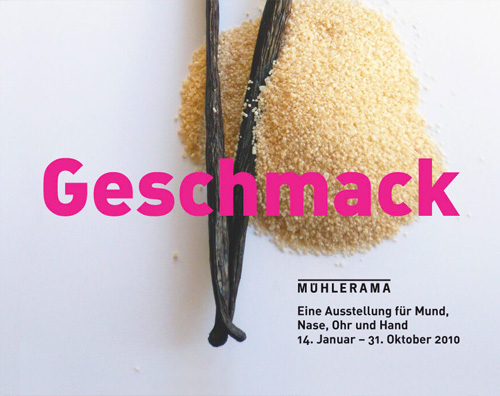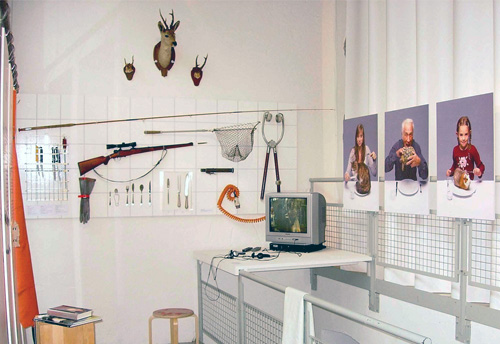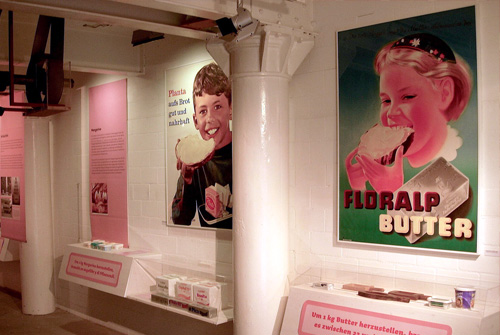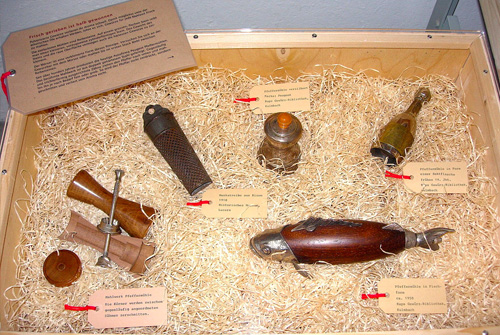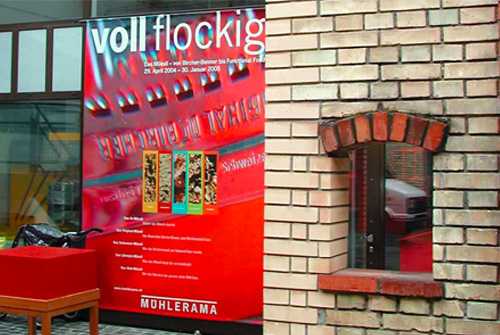Industrial mill
Museum for food culture
Baking school
Digital museum
The Mühlerama is a competence center for food culture and nutrition policy. In the digital collection you will find background information on current and past events.
Be our guest: pulses
Peas, beans or lentils - protein-rich plant foods that, when properly prepared, become "comfort food", are filling and sustainable in various respects. The lunch panel will talk about preparation methods, personal reservations and discoveries and the future of legumes.
Be our guest: Eat alone
Eating alone can be an everyday occurrence, but can sometimes be quite exhausting, whether it's solo dining in a restaurant, as a situational single eater or because you live alone. The lunch group talks about your own habits when eating alone and advocates a creative approach to classic cooking and eating traditions.
Samuel Herzog: You don't slurp Alpine oysters - travelogues from Graubünden
Reading and talk with Mathias Balzer at the museum Mühlerama
Feeding Fields, Moving Meadows
An experimental breakfast buffet: artist Suzanne Bernhardt and designer Philipp Kolmann use the example of alpine sweet grasses to prove that a lot can also be created from seemingly barren soil.
What is a rucksack?
For almost 40 years, our museum visitors have been sliding down our well-known wooden sack slide down 3 floors. To ensure a good slide, you sit on an old flour sack from the Wehrli mill. Voilà - you've got yourself a sack slide!
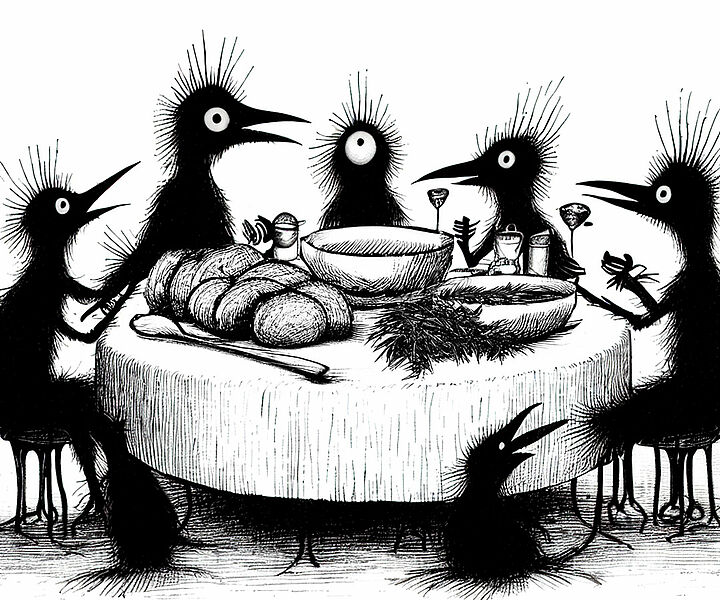
Be our guest: theme bread soup
The artist couple Gerda Steiner and Jörg Lenzlinger talk about bread. Bread reflects the entire food system. Their sprawling collection of breads from around the world playfully leads us to the diversity of life.
Special exhibition: COPAIN Gerda Steiner & Jörg Lenzlinger
The exhibition C O P A I N by artists Gerda Steiner and Jörg Lenzlinger was a hymn to bread and the people who make it - bakers, but also bread lovers from all cultures - and offered a new look at this foodstuff, whose history begins with the beginnings of agriculture and which has been constantly evolving ever since.
Be our guest: theme sweet grasses
We are grass people, through and through. Landscape, architecture and above all our diet are dominated by sweet grass!
Suzanne Bernhardt and Philipp Kolmann take an artistic and culinary approach to the diversity of sweet grasses.
Be our guest: Sandwich theme
The sandwich is eaten millions of times a day. Is it a stopgap for a real meal? Or is the sandwich a dish between two slices of bread? The table talks about sandwich experiences, secret recipes and the history of the one-handed meal.
The talking house
Experience the history of Mühle Tiefenbrunnen on your own in the interactive guided tour "The Talking House". Spoken by Maja Stolle.
Equipped with a flour brush, you explore our house. And the house speaks to you: In an audio play it tells the history and stories of the Tiefenbrunnen mill.
Everyday mill life
Lugging heavy sacks in the heat and cold. Breathing in flour dust from morning till night: only tough guys were fit to be millers. But these guys also needed their senses...
Insights into the daily operations of the historic mill.
Wehrli & Koller
In 1891, a brewery was built in Tiefenbrunnen in the typical brewery building style of the time. In 1913, Wehrli & Koller bought the buildings and set up a flour mill in them. Discover the eventful history of Mühle Tiefenbrunnen in the digital collection of historical documents.
Be our guest: theme leftovers
Nowadays, we talk a lot about recycling as much as possible and avoiding foodwaste. But what about in everyday life: What are recipes for leftovers that are suitable for everyday use? Do I have to throw away a moldy orange or not? What do I do with the Parmesan cheese that's left over forever?
Eat up research
Our food has a long journey behind it. Most of the time, the path does not lead directly from the field to the plate. The routes are complex and all too often the food does not reach its destination.
The exhibition "Research to Eat Up" at the museum Mühlerama took visitors on a journey through our food. In various stations, it showed how the cultivation, processing and consumption of food affects the environment and health. And it seeks answers to one of the most difficult questions: How can we feed a growing world population?
The hungry and the full
An insight into development cooperation and humanitarian aid. Carmen Thönnissen (DFA, Global Programme Food Security) and Martin Bölsterli (SHA) talk about personal experiences, challenges and the opportunities to reduce hunger in the world.
Food And You.
What is personalized nutrition? Which foods are ideal for my body? How does my blood sugar level behave when I exercise?
A conversation with Harris Héritier, Lead Data Science, of the citizen study "Food and You" from the Digital Epidemology Lab at EPFL Lausanne.
Normal worries about food or already an eating disorder?
An open round with nutrition psychologist Dr. Erika Toman on eating disorders: on the question of guilt, the fine line between dieting and eating disorders, and the importance of good communication with those affected.
Hunger. An exhibition about scarcity and abundance.
What does it mean to be full? When circumstances allow, we eat until we are full, often beyond. But not everyone has this opportunity. Many people have to accept hunger as a permanent condition.
The Mills of Civilization. A conversation with James C. Scott
In a lively and informative conversation, renowned anthropologist and political scientist James C. Scott shares his latest research, a deep history of the earliest states, and how it all relates to grain farming.
Maturation as a cultural achievement
The ripening processes underlying the bread of Twann have remained unchanged for thousands of years. In conversation with cereal breeder Peter Kunz and researching chef and exhibition organizer Susanne Vögeli, we ask: What role does time play and what impact does the shortening of the ripening process have on the quality of the food?
She inside at the stove, he outside in the world: fixed roles since time immemorial?
A surprising lecture by Prof. Dr. Brigitte Röder about how roles were distributed in the Stone Age, where the stereotypical ideas of men as hunters and women as gatherers come from, and what all this has to do with our current society.
Baking sourdough - self-empowerment of time
Bernhard Tschofen, Professor of Popular Cultures UZH visited the exhibition "The Bread from the Lake" together with the museum director Pius Tschumi.
The bread from the lake
An artistic exploration of the oldest sourdough bread in Switzerland.
In 1976, archaeologists excavating at the train station in Twann make a find that is unique in Europe. Between pile dwellings, bones and arrowheads they find an intact sourdough bread. It has all the characteristics of today's bread. The crucial difference: villagers baked it about 5500 years ago in a Neolithic lakeside settlement. Exhibition "The bread from the lake", 25.11.2020 - 05.04.2021.
Proteins for the world: insects in focus
How will we provide enough protein for a world population of over 9 billion people in 30 years? The exhibition provides an overview of protein-rich foods, demonstrates the cultural significance of insect consumption, and provides an insight into the industrial breeding and processing of insects.
Around the world with 80 sacks of flour.
The museum Mühlerama reflects on its core business and focuses on the industrial mill and its end product, flour. Old Swiss flour sacks from the Zurich Zunft zum Weggen are also on display.
If you look at the flour sacks like works of art, you can analyze and interpret their motifs. Thus it becomes apparent that almost all flour sack motifs are variations on a major theme. They are promises of physical strength, health benefits and status.
City vegetables in winter
Cold, wind and weather force even the most motivated gardeners to rest.
The special exhibition "City Vegetables" found an enthusiastic audience. Experienced gardeners felt equally attracted by this trendy topic as people without green fingers. Reason enough to carry the exhibition over into the winter and extend it until the end of April 2015. "Urban vegetables in winter", 02.11.2014 - 30.04.2015
City vegetables
For decades, city dwellers have been growing vegetables in allotments and other gardens with the aim of providing themselves with food at low cost. Today, numerous "urban gardening" projects in large cities also pursue this goal.
The exhibition "City Vegetables" at Mühlerama wants to know: What is behind this gardener's delight? Exhibition "City Vegetables", 08.05.2014 - 02.11.2014.
The sausage. A story with two endings.
"Wottsch no es Würschtli?" Growing up in Switzerland, you can't get around sausages. Whether it's the free sausage slice at the butcher, the Cervelat over the campfire or the bratwurst on a white cardboard plate with Bürli and mustard.
Sausage is not just sausage! In addition to Cervelat, Kalbsbratwurst, Schüblig and Salsiz, there are hundreds of other varieties in Switzerland. In this exhibition, the Mühlerama dedicated itself to a unique culinary cultural asset, which should not be missing from any folk festival, but also has its fixed place on the menu of the gourmet restaurant.
Poison: Food can be dangerous.
We eat with pleasure and without hesitation. Our food is safe! That is what we assume today. Food controls are strict. But is this really the case?
The exhibition told exciting and terrible stories about poison. It showed what nature has to offer in the way of poison, highlighted food scandals and questioned old wisdom about poison. "Poison: Food Can Be Dangerous," March 14, 2012 - Jan. 31, 2013.
Witching Hour
At the dark hour of the ghosts, a queasy feeling creeps over even the bravest. Fear of ghosts has accompanied people since time immemorial and even today the misty figures fascinate us.
The exhibition explains the importance of ghosts in our society today and lets ghost believers have their say. A look into the past shows which ideas of ghosts our ancestors lived with. And last but not least, it's about the most gruesome side of ghosts: the haunting. "Ghost Hour", 02.03.2011 - 31.12.2011.
Taste
Tongue and nose provide moments of happiness and starry hours in our mouths. It is therefore all the more surprising that many people mindlessly chow down on their food and are hardly aware of their sense of taste and smell.
What taste do we want? Is taste only a matter of taste? An exhibition in which there is nothing to see, but much to discover. "Taste", 14.01.2010 - 31.10.2010.
Food and power
When we eat, it's about pleasure, nutrition, health - and power!
Powerful people like to use food to achieve their goals. Since food is a vital and coveted resource, people can be manipulated with it particularly well. The exhibition surprises how in many ways power is exercised with the help of food. "Food and Power," Nov. 7, 2008-Sept. 27, 2009.
Full fat. An exhibition with weight.
On the scales! By weighing and measuring one's own body, the special exhibition "Voll fett. An exhibition with weight" starts directly with the visitor.
The exhibition looks at fat from different angles and asks: What is fat anyway and what functions does it perform in our everyday lives? In what way does a polar bear benefit from fat, and why is it so important for humans? Why were fat bodies once considered beautiful and desirable?...
Women's beer and men's brew
On the occasion of its 20th anniversary, the museum Mühlerama takes up the theme of beer and goes back to the origins of Mühle Tiefenbrunnen, which started as a brewery in 1890.
How and from what is beer brewed? Learn about the everyday life of brewers from different cultures and eras and experience the past and present of our beer drinking habits. Exhibition "Women's beer and men's brew", 26.08.2006 - 15.07.2007.
Spices
Their smell is beguiling, their color of magical luminosity, and some burn on the tongue like fire! Exotic spices add flavor, pungency and color to our dishes.
The exhibition "Fiery Red, Saffron Yellow" tells the eventful history of the spice trade, describes the importance of exotic spices in medicine and pharmacy, and reports on spice habits from around the world.
Muesli
Whether porridge, mash or mush - the unappealing food formed the nutritional basis for the common people throughout Europe for centuries. The success story is traced from the original recipe to functional food.
An exhibition with a view to the traditional Birchermüesli. Exhibition "Voll Flockig", 29.04.2004 - 30.01.2005
